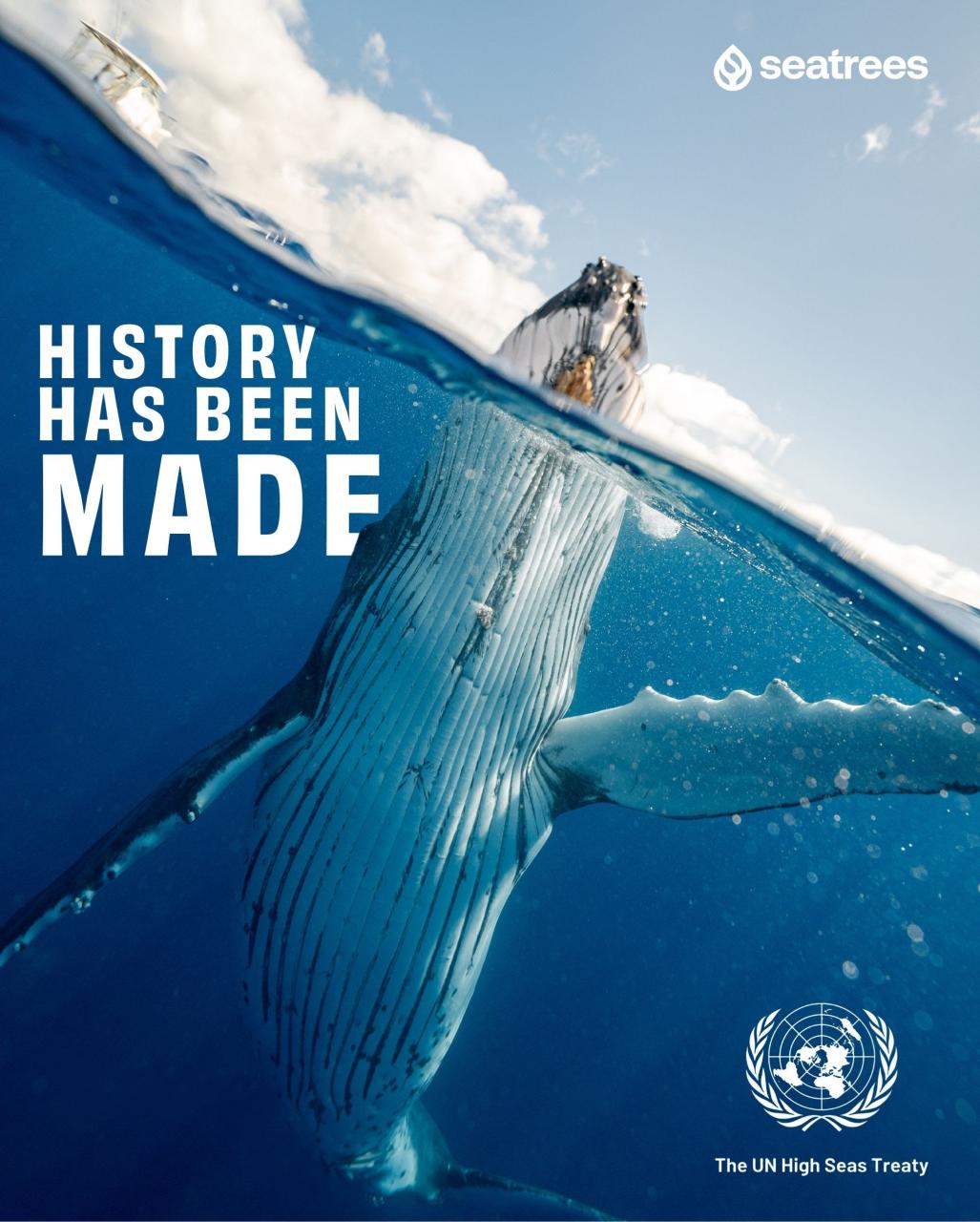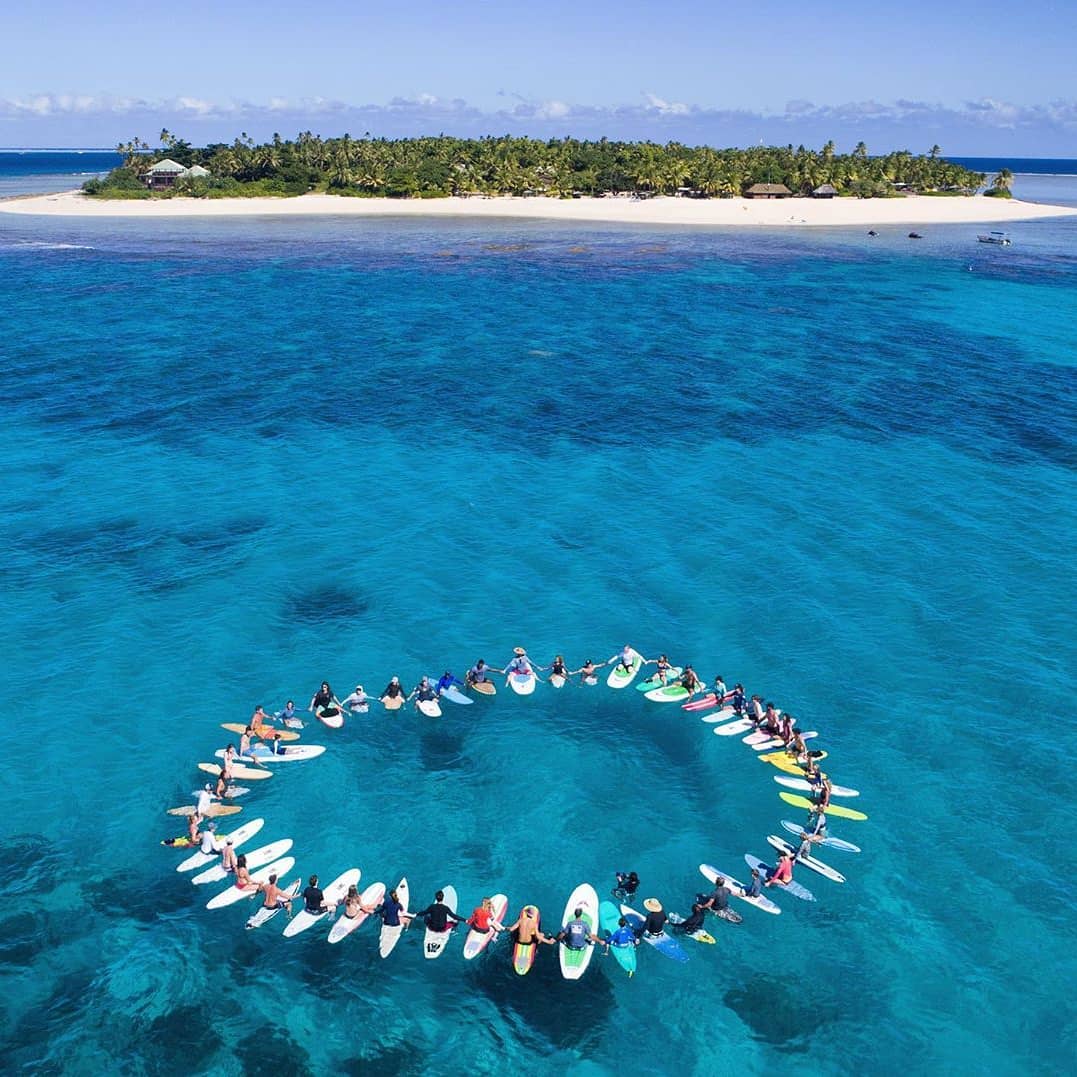Ocean Unite advocates that we aim for protecting at least 30% of the World’s Oceans by 2030. Research alerts us that this is necessary to build the resilience of ocean life which has to adapt to climate change as well as to buffer it from other threats like overfishing and mining.
Approximately 70% of our Earth’s surface is ocean. Research has shown that even with the inclusion of the world’s largest marine reserves in the Antarctic and the Pacific, roughly only 5.3% of the global ocean is currently protected from human development as marine reserves. And only 2.5% are strongly protected. Another 3% of the world’s oceans have been proposed as designated marine protected areas, including only 2% of the high seas. Clearly, there is still a lot of work to do.
The goal of Ocean Unite is to lobby the corridors of power to develop a network of active marine reserves over 30% of the world’s oceans by 2030 to ensure the future of our ocean’s health. Establishing networks of fully protected areas - marine reserves - throughout the ocean, from polar ice caps to tropical seas, and coastal waters into the vast expanse of the open sea, will support the faltering ecosystems of marine life, build the resilience needed to adapt to the effects of climate change and ensure a vibrant, healthy ocean for the long term future.
What is a Protected Marine Reserve?
Marine reserves are highly protected marine areas where no destructive or extractive activities such as fishing, mining or sonic testing can take place.
Marine reserves reduce and buffer the impacts of climate change throughout the ocean. They help to rebuild species abundance and diversity, restoring and restocking marine life. They are a proactive tool to help the ocean regenerate.
Marine reserves must be networked around the world to cover at least 30% of our Ocean by 2030.
In September 2016, the IUCN World Conservation Congress in Hawaii, with the support of 89% of governments and 94% of NGOs, agreed to Motion 53, urging world leaders to protect 30% of the planet’s oceans by 2030.
What will designating 30% of the World’s Oceans as protected Marine Reserves do? Numerous scientific studies have shown that no-take zones have long lasting benefits including:
A global review of the impacts of marine protected areas on fish found that fish biomass (weight) increased by 446% within a protected marine environment. The area was denser (more fish) by 166%, and species size increased by 26%. There were also 21% more types of fish (diversity).
Prevention of coastal erosion and mitigation of impacts from natural disasters like hurricanes with the protection of coastal habitats such as mangroves and coral reefs.
The sequestration and storage of carbon happens through the protection of coastal habitats including mangroves, seagrass beds and salt marshes
Reducing poverty, by providing food and employment for the billions of people around the world who directly rely on a healthy ocean for survival.
High financial returns: Protecting 30% of the ocean has been estimated to cost between $223-228 billion USD, but it is estimated that financial net benefits from increased ecosystem goods and services (once all costs have been taken into account) range anywhere from $490 billion to $920 billion USD by 2050.
To give an example, over the 18 years that the Apo Island Protected Area has been in place in the Philippines there have been significant benefits. The population of the main local fisheries of surgeonfish and jackfish have tripled, the biomass of large predator fish has gone up 8-fold, and fishermen are now catching 50% more fish in less fishing time.
Size Matters! Why we need networks of marine reserves beyond the local scale.
While small marine reserves have local benefits, large-scale marine reserves are shown to be even more effective, including in areas that have already been damaged. Larger marine reserves are also more cost effective to implement and manage, and the larger the area, the better the protection from activities outside the boundaries. Not only is size important, but establishing a network of strongly protected areas has also been proven to have greater benefits than isolated pockets of protection.
So, HOW Do We Do It? Some simple, concrete steps to follow:
In 2016, at the United Nations, governments committed to protect at least 10% of ocean areas by 2020. This is the first step on the way to developing a network system to cover larger areas around the globe and move toward protecting 30% of the ocean by 2030.
Share your passion for the ocean and spread the word about protected marine reserves on social media
Reduce your carbon footprint and reduce energy consumption.
Make safe, sustainable seafood choices only supporting wild caught seafood.
Urge local businesses to be advocates for change by reducing plastic containers, cutlery, single use plastic bottles and straws.
Become vocal in your local government, advocating for protection of marine life and the preservation of our open oceans .
Support the negotiation of a new and strong United Nations high seas biodiversity agreement that will enable protected Marine Reserves to be established in 30% of the world’s oceans.
Be a responsible ocean user. Find out what else you can do to save the ocean.
Sign up to Ocean Unite’s Navigator monthly newsletter to keep on top of key ocean issues.








